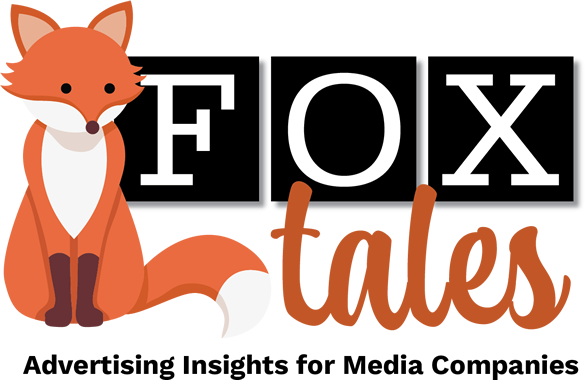By Tony Silber
It’s the first month of the second quarter of 2024, and it’s a good time to talk about media trends, specifically B2B and association media, and drilling down even a bit more, what’s going on in advertising.
Most media companies have closed the books on the first quarter and can pretty accurately track the ad picture going forward. It’s an interesting time for advertising. There’s both good news and bad news. One example of really bad news is the case of Forbes. Reports earlier this month revealed that marketers including Ford, Oracle, Fidelity, Johnson & Johnson and more bought what they believed was premium inventory over seven years, but were really running their ads on “made-for-advertising” pages, a secret subdomain of Forbes.
We’ve all experienced these kinds of pages—they’re packed with obtrusive spammy ads, they don’t load well, they make you click multiple times to read a single story, etc. And these kinds of episodes sometimes feel emblematic of the whole programmatic advertising ecosystem.
 But advertising is also resilient. Over the last half-dozen years or more, media companies have gravitated in the direction of reader revenue because it’s more predictable and reliable. But that hasn’t really caused an exodus from B2B advertising. Various studies have indicated that revenue-stream expectations this year remain in the advertising camp.
But advertising is also resilient. Over the last half-dozen years or more, media companies have gravitated in the direction of reader revenue because it’s more predictable and reliable. But that hasn’t really caused an exodus from B2B advertising. Various studies have indicated that revenue-stream expectations this year remain in the advertising camp.
Indeed, even print advertising is more robust than you might assume. At the Business Information & Media Summit February 29-March 1, a preview presentation on proprietary SIIA Media research showed that among that cohort, print advertising was cited by 24% of respondents as one of their top two revenue drivers. For the trailing 12 months, print was even stronger, cited by 29% of respondents.
The SIIA Media data indicated that for 2024, display advertising remains the workhorse, producing more revenue than any other source, including events and subscriptions, and that finding was consistent with 2023 as well. Also at BIMS, anecdotal reports were that overall advertising—print and digital—pacing was good.
Meanwhile, I was interested to read a very recent research report, from the U.K.-based Association of Online Publishers, which asked publishers where they’re currently seeing the most revenue generated for digital advertising. Direct deals—that is, campaigns sold directly by the publisher to the marketer—took the largest share by a landslide, according to the research, accounting for 78% of respondent revenues, with private and open marketplaces splitting the remainder at 11% each.
“Note that this split is not necessarily representative of the entire digital publishing industry,” wrote author Richard Reeves, managing director of the AOP. “Our respondents skew towards established, ‘premium’ publications that have the clout to secure direct deals.”
Reeves’ report, called “Digital Publishing: Outlook and Priorities for 2024,” goes on to ask where respondents expect ad revenues to come from in three years. Direct deals remained dominant, but a split between private marketplaces and open exchanges widened to 18% and 5% respectively.
(Open marketplaces are open to all marketers and offer the largest audience. Private marketplaces are more expensive, and provide access to premium inventory.) “This is a meteoric drop in expectations,” Reeves wrote. “Last year, publishers thought open marketplaces would deliver 14% of future revenues—a figure that has already fallen short of expectation.
Perhaps the most strategic imperative for advertising and for audience quality is building a robust database of first-party data. Google has finally confirmed, after repeated delays, that it will phase out third-party cookie by the third quarter of this year. That means media companies can reclaim control of their audiences, but it also means they can’t use third-party cookies to sell targeted advertising.
In the AOP survey, 64% of respondents ranked creating better first-party data pipelines and enhancing a 360-degree audience profile as one of their top two priorities.
One thing about media businesses and advertising in particular: Operators can count on pretty much constant change. So far, the indications are they’re adapting well.
